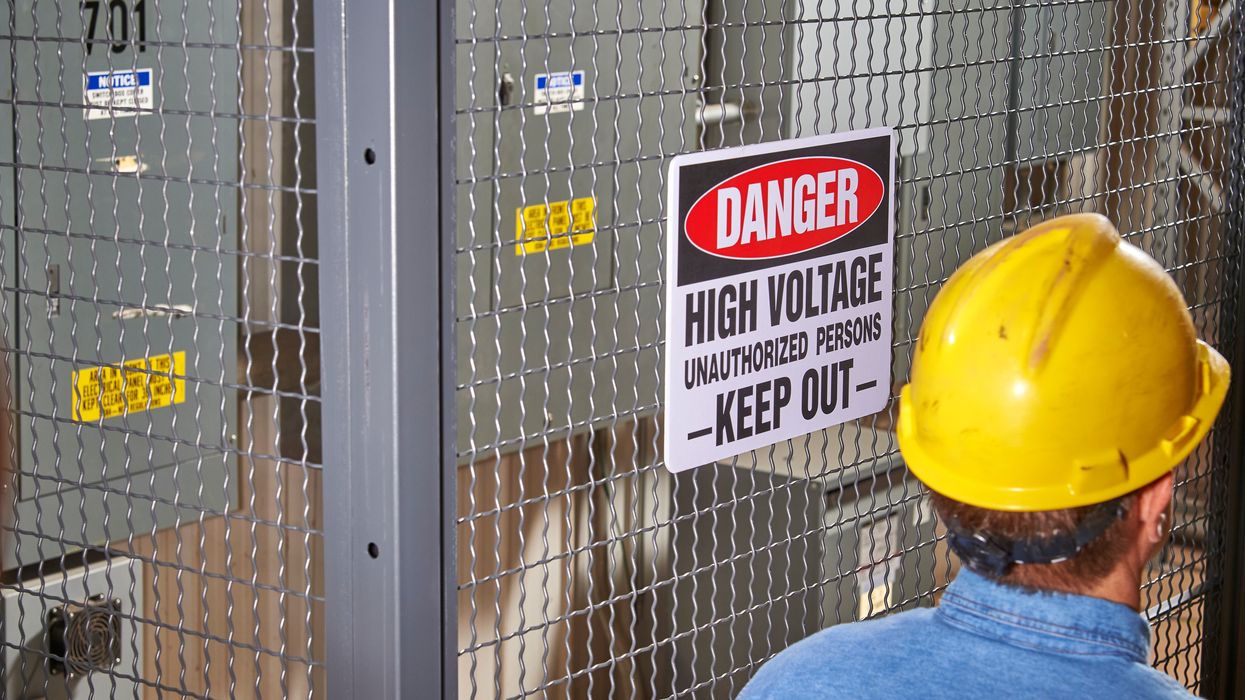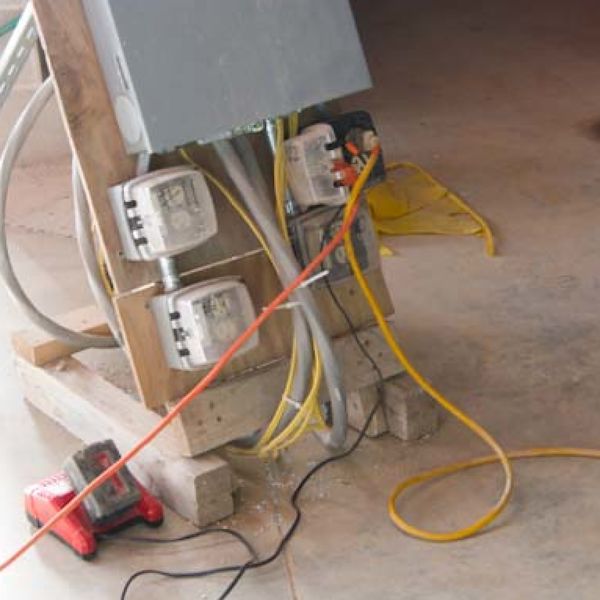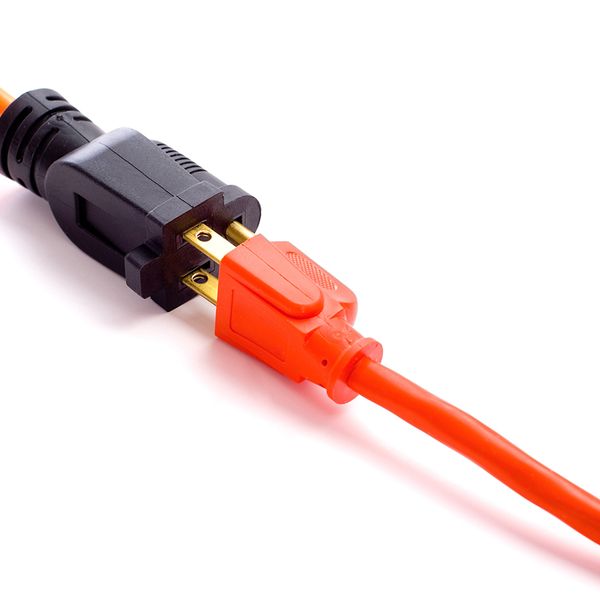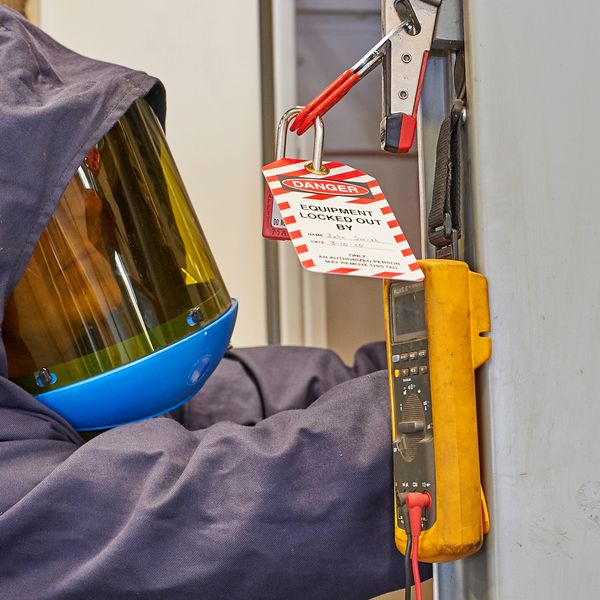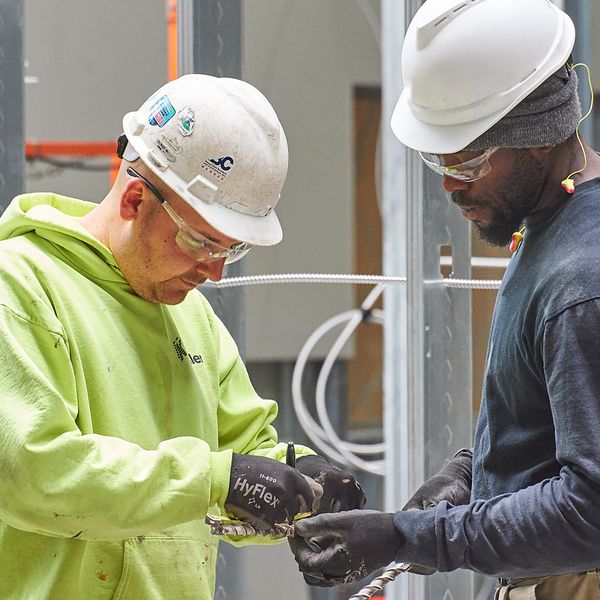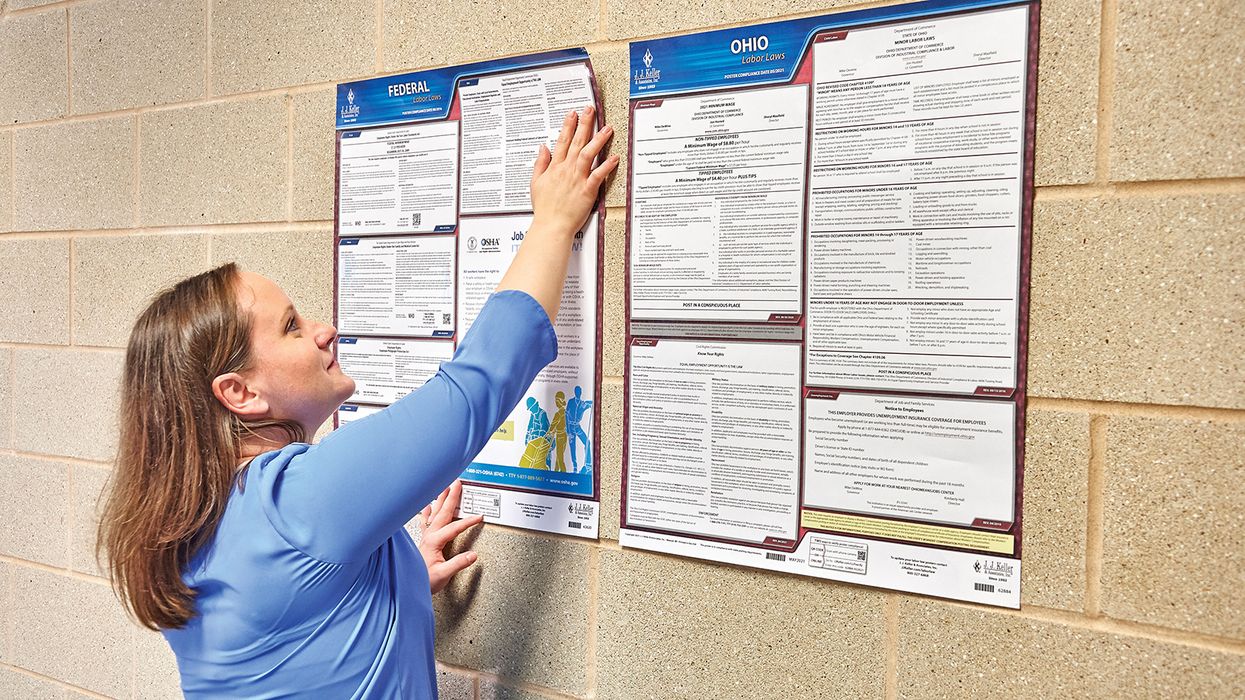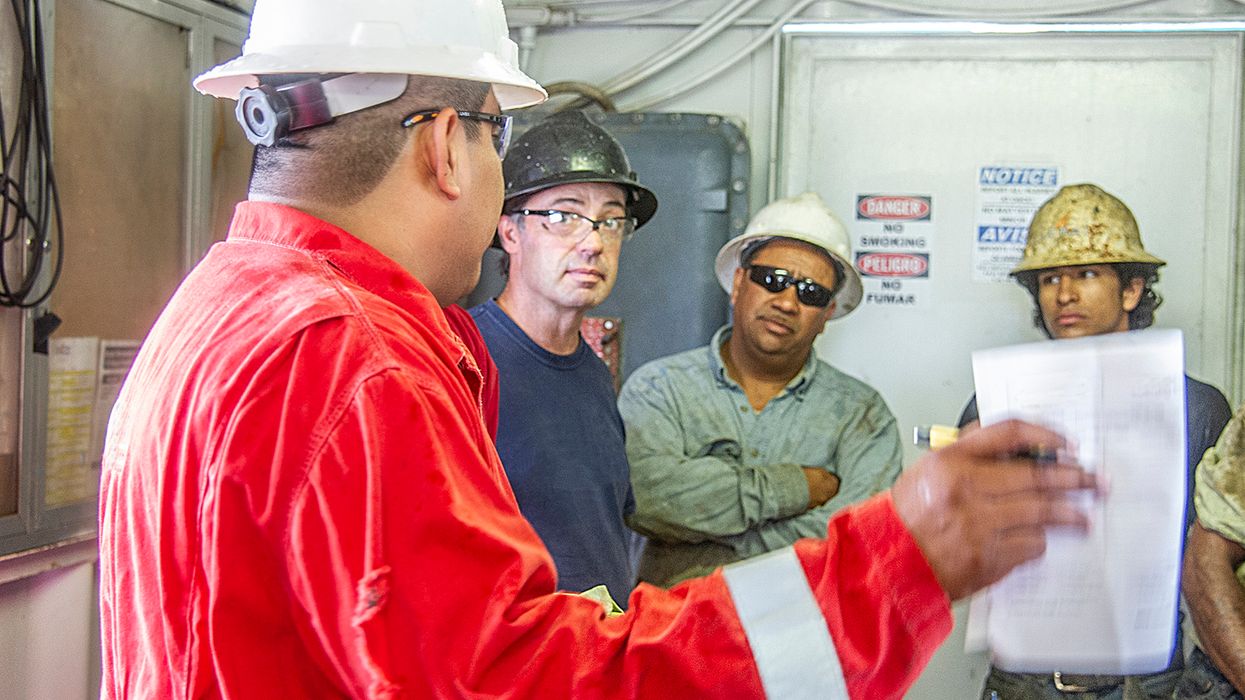Seven electrical safety-related work practices you may need to follow
OSHA requires employers to implement safety-related work practices when work is performed on (or near) equipment or circuits which are or may be energized. These practices are there to prevent electric shock resulting from either direct or indirect electrical contacts. Read on for the seven safety-related work practices you need to put in place.
De-energized parts
First, de-energize live parts which an employee may be exposed to before the employee works on or near them. The exception is if the employer can demonstrate that de-energizing introduces additional or increased hazards or is infeasible due to equipment design or operational limitations. (Live parts that operate at less than 50 volts don’t need to be de-energized.)
What are some examples of increased or additional hazards? That could include interruption of life support equipment, deactivation of emergency alarm systems, shutdown of hazardous location ventilation equipment, or removal of illumination for an area.
An example of work that may be performed on or near energized circuit parts because of infeasibility, including testing of electric circuits that can only be performed with the circuit energized. Another is when working on circuits that form an integral part of a continuous industrial process in a chemical plant. These circuits typically can’t be completely shut down when you want to work on one circuit or piece of equipment.
Energized parts
Second, if the exposed live parts aren’t de-energized (i.e., for reasons of increased or additional hazards or infeasibility), implement safety-related work practices to protect employees.
Design these work practices to protect employees against contact with energized circuit parts directly with any part of their body or indirectly through some other conductive object
Seven work practices
Implement these seven work practices to protect employees working on energized parts.
- Qualified persons — Allow only qualified persons to work on electric circuit parts or equipment that have not been de-energized. They must be capable of working safely on energized circuits and be familiar with the proper use of special precautionary techniques, personal protective equipment, insulating and shielding materials, and insulated tools.
- Illumination — Provide proper illumination before employees enter spaces containing exposed energized parts. The illumination must be sufficient so employees can perform the work safely. Prohibit employees from reaching blindly into areas which may contain energized parts.
- Confined or enclosed workspaces — Provide protective equipment when an employee works in a confined or enclosed space (such as a manhole or vault) that contains exposed energized parts. This could include protective shields, protective barriers, or insulating materials that will prevent inadvertent contact with these parts.
- Conductive materials and equipment — Be aware of conductive materials and equipment that are in contact with any part of an employee’s body. These must be handled in a manner that will prevent them from contacting exposed energized conductors or circuit parts. If an employee must handle long dimensional conductive objects (such as ducts and pipes) in areas with exposed live parts, then institute work practices (such as the use of insulation, guarding, and material handling techniques) which will minimize the hazard.
- Portable ladders—Ensure portable ladders have non-conductive siderails if they’re used where the employee or the ladder could contact exposed energized parts.
- Conductive apparel — Prohibit the wearing of conductive articles of jewelry and clothing (such as watch bands, bracelets, rings, key chains, necklaces, metalized aprons, cloth with conductive thread, or metal headgear) if they might contact exposed energized parts. However, these articles may be worn if they are rendered nonconductive by covering, wrapping, or other insulating means.
- Housekeeping duties — Where live parts present an electrical contact hazard, ensure employees don’t perform housekeeping duties at such close distances to the parts that there is a possibility of contact, unless adequate safeguards (such as insulating equipment or barriers) are provided. Electrically conductive cleaning materials (including conductive solids such as steel wool, metalized cloth, and silicon carbide, as well as conductive liquid solutions) may not be used in proximity to energized parts unless procedures are followed which will prevent electrical contact.
If you’re working near overhead power lines, see the specific work practices at 29 CFR 1910.333(c)(3).
Key to remember
It’s important to implement safety-related work practices when work is performed on (or near) equipment or circuits which are or may be energized. Doing so can help prevent electric shock resulting from either direct or indirect electrical contacts

